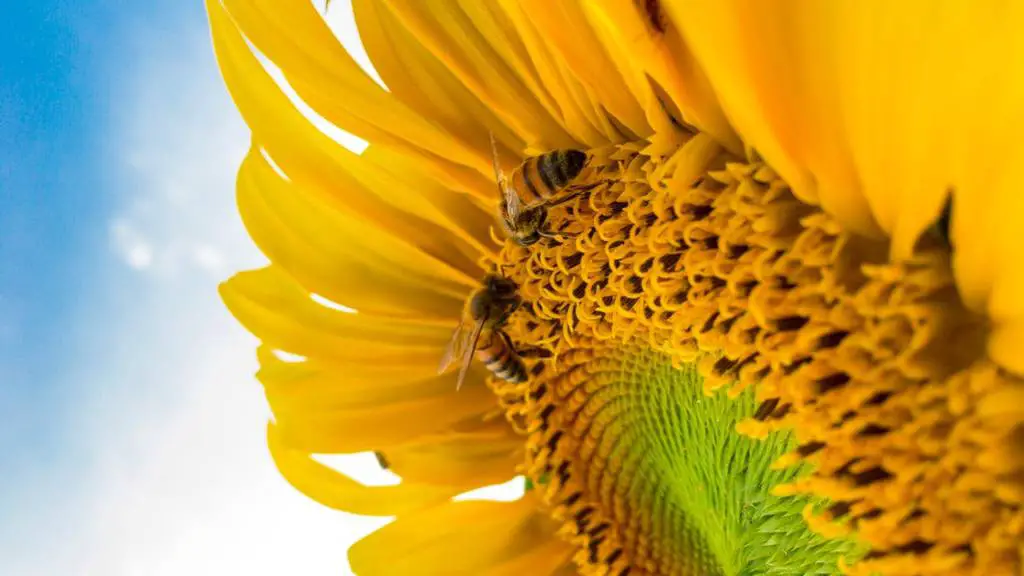How Plant Growers and Floriculturists are Contributing To Phytoremediation
Most homeowners, plant lovers, and floriculturists may not know that they are making a considerable contribution to the reduction of our Earth’s pollution. Phytoremediation is the most effective, cheap, easy to install, and easy to maintain method of reducing air, water, and soil pollution. The pollution may be due to Organic chemicals (TNT, BTEX, etc.), Nutrients (Ammonia, Phosphate, and Nitrate), metal pollutants (Lead, Mercury, Chromium, etc.), and most importantly, VOCs (Volatile Organic Compounds).
Soil and Water Phytoremediation is being practiced at the National and International levels in almost every country. What about Air Phytoremediation? The Clean Air Act, 1963 under the United States Federal Law, was passed to control the everyday increasing amounts of ozone, carbon monoxide, and other various hazardous gases in the air at the national level. However, progress has been limited, and the world continues to struggle with the ever-increasing burden of pollution.
We will not be able to resolve the issues until many more people are educated and made aware that we are all contributing to the problem! Everyone contributes to the pollution of this Earth in their own way, but landowners have the opportunity to make the most positive impact on the health of our Earth.
In fact, “Paying landowners to store carbon is a strategy that is rapidly gaining in popularity.” If we can plant trees, shrubs, flowering plants, and foliage plants in and around every single house and plot of land, we can begin to control air pollution.
Table of Contents
Here’s How
Here is a guide for all of the Landowners, Gardeners, and Plant Lovers to follow to do their part to reduce the amount of pollution on this Earth. Any time we can have plants covering the Earth, rather than concrete, asphalt, and bare Earth, we are better off. Planting the following list of super-effective plants will not only beautify your surrounding environment but will also clean the air, soil, and water.
Best Phytoremediation Trees:
Genipa americana (Genip Tree):
This tree is widely adapted and grown in North and South America’s tropical climates. The tree performs both phytostabilization and Rhizofilteration of chromium ion properties.
- Rhizofilteration of Cr3+ on roots
- Phytostabilization of Cr6+Also absorbs small concentrations of cadmium and zinc also.
Salix (Willow):
Broad-leaved Willows are diverse groups of evergreen or deciduous trees and shrubs from the genus Salix. Having the great potential of phytoextraction and accumulation of Cadmium ions, this is a beautiful plant that everyone should start planting in their lawns and gardens.
Willows are commercially grown near mining areas and wastewater cleaning plants to reduce soil, water, and air pollution due to heavy metals accumulation. But water, air, and soil pollution have been so prevalent over the years that limited planting of hyper-accumulators is not enough to overcome the problem. Everyone should try to plant at least one willow tree or shrub in their lawn to contribute to the environmental cleaning effort.
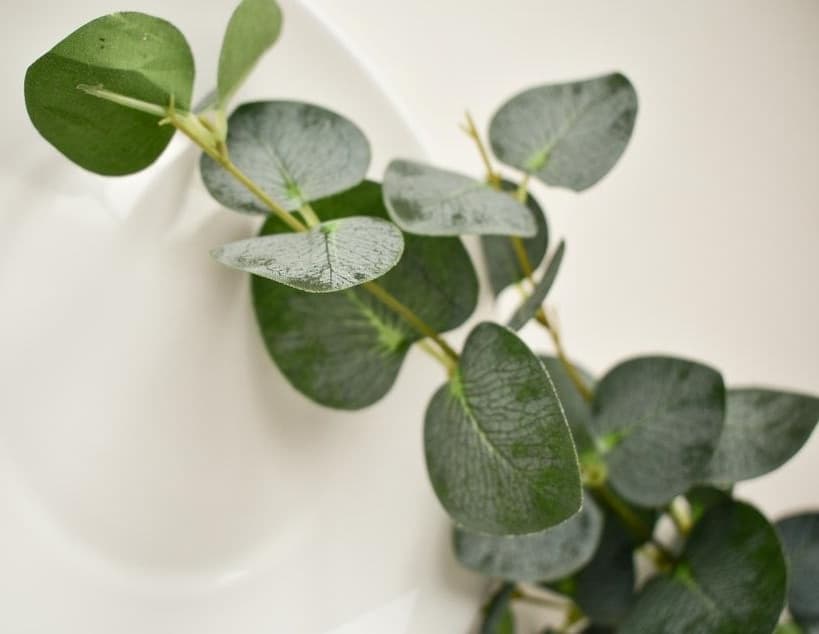
Eucalyptus globulus (Eucalyptus):
Eucalyptus is said to be the “Beauty of every lawn.” Not only do these plants beautify your yard, but they also have good Phytoremediation properties. They are fast-growing trees with a high tolerance to heavy metals especially lead, and chromium.
Populous deltoids (EasternCottonwood):
Commonly known as eastern cottonwood, it is a deciduous and highly environmentally friendly tree. Phytoextraction, Phytodegradation, Phytostabilization, and Phytovolatalization are processes that this tree completes superbly!
Best Phytoremediation Shrubs:
Salix viminalis (Basket Willow):
It is a shrub that grows best in alkaline soil. If you are going to use some shrubs in your garden, I suggest you plant Salix because it is a good air cleaner, soil amender, and does not require extensive irrigation. It is often planted around wastewater treatment plants because it takes from the soil and water and accumulates in its leaves Zn (5%) and Cd (20%).
Salvia elegans (Pineapple Sage):
It is a perennial shrub, native to Mexico, commonly known as “Pineapple Sage.” It is a preferred choice for lawns, gardens, and indoor box containers and will decorate your yard and clean the air simultaneously. Sage absorbs 378 µg m-3 m-2 of toluene in one hour. Toluene is released from indoor cleaning products and sanitizers, and it is very toxic if breathed at high rates.
Best Phytoremediation Flowering/Ornamental Plants:
Spathiphyllum wallisii (Peace Lily):
Peace lily is a white-colored flowering plant. It is a good choice for indoor air cleaning as it absorbs airborne toxins like trichloroethylene, benzene, formaldehyde, and xylene. It produces oxygen and helps to eradicate mold.
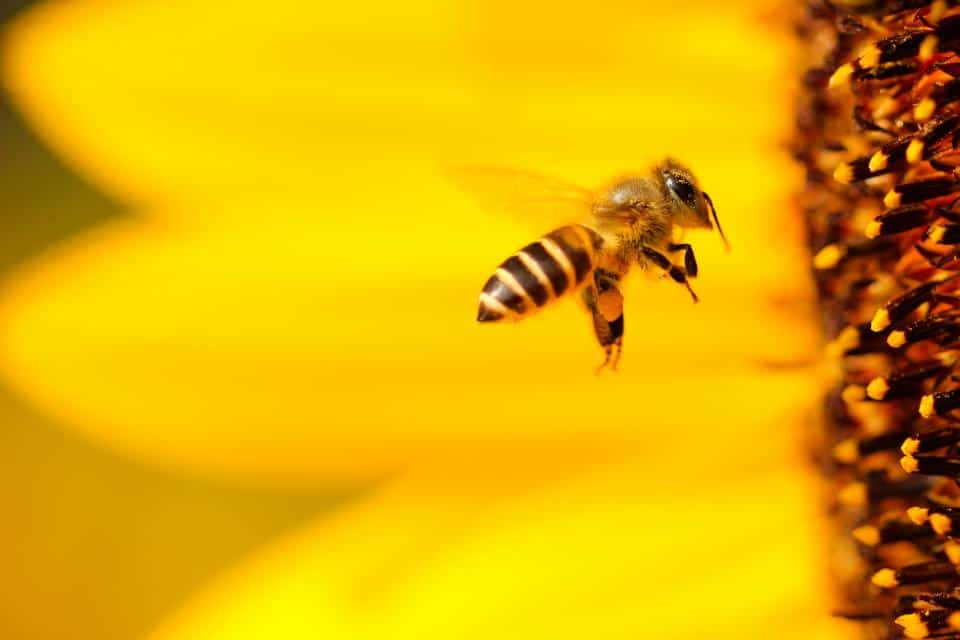
Helianthus annuus (Common Sunflower):
Common Sunflower is a high air, soil, and water-heavy metal pollutant removing plant. It is an annual plant, which absorbs lead and volatile organic compounds. It should be harvested and burned at the end of the growing season to be most effective.
Kalanchoe blossfeldiana (Madagascar Widow’s Thrill):
Widow’s thrill is an herbaceous indoor flowering plant. It is a good air purifier that can also be grown in lawns and gardens.
Best Phytoremediation Grasses:
Arbuscular Mycorrhizal Fungi increase sequestration efficiency of hyper-accumulators. This fungi populates grasses’ roots and secretes glycoprotein “Glomalin” to change the pollutant’s chemical composition to make it less toxic. For example, highly toxic Cu (III) is transformed into a much less harmful form, i.e., Cu (VI), with the help of enzymes found in the secretions of microbes.
Agropyron cristatum (Crested Wheatgrass):
Crested wheatgrass is one of the most widely grown grasses in the U.S. and Canada for its soil erosion control properties. It has gained popularity because of its remarkable features; it is extremely drought tolerant, shade tolerant, and can handle moderate alkaline conditions. It is easy to establish by seed, low maintenance, and very resilient in a wide range of atmospheric conditions.
Festuca Rubra (Creeping Red Fescue):
Creeping red fescue is a grass tolerant to varied climates and habitats. Red fescue has the potential to hold high concentrations of metal contaminants.
Agrostis tenuis (Colonial Bentgrass):
Colonial Bentgrass is highly tolerant of Lead, Copper, Arsenic, and Zinc. In a study performed by Porter and Peterson (1975), one bent grass plant can hyper accumulate 150-1100mg As/g of dry mass. It is mostly grown in less fertile soils, near sewage wastewater cleaning plants, and the revegetation of bare soils.
Elodea canadensis (Elodea bulrush):
It is described as an excellent Nitrate purification performer grass. An experiment was conducted at the Army ammunition plant in Milan to check out a canary plant’s potential to remove trinitrotoluene and RDX (hyxahydro-1, 3, 5-trinitro-1,3,5-triazine). Within one month of planting, approximately a 90% removal of nitrate had been noticed.
Best Phytoremediation Foliage:
Chlorophytum comosum (Spider Plant):
Spider plant is one of the easiest indoor plants to maintain. It produces oxygen and cleans the inside air by absorbing carbon monoxide, formaldehyde, and xylene.
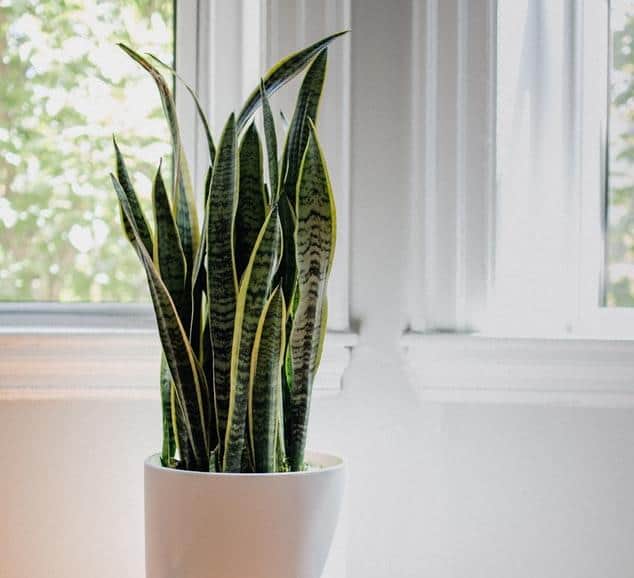
Dracaena trifasciata (Snake Plant):
You will find snake plants in many homes in the U.S. It is not only kept for interior decoration but also phytoextraction. It absorbs benzene, xylene, formaldehyde, and carbon monoxide. 5-6 snake plants in a room or office are enough for healthy air-breathing.
Philodendron giganteum (Giant Philodendron):
A beautifully structured large to small-sized leafy plant which likes indoor conditions like low temperature, medium-light, infrequent irrigation and is excellent at removing formaldehyde from our air.
Aglaonema (Chinese Evergreen):
Floriculturists have described it as “the most user-friendly indoor and outdoor plant.” It is very efficient in phytoextraction.
Chrysalidocarpus lutescens (Butterfly Palm):
The gorgeously structured palm is the beauty of every shopping mall, office, restaurant, and public park. It assists in cleaning and purifying indoor air. For home lawns, gardens, and interior plant-scaping, the Butterfly palm should be a preferred plant because it is an excellent air cleaner that absorbs formaldehyde, benzene, toluene, and xylene (all are toxic for humans and pets health).
Best Phytoremediation Cacti and Succulents
Cacti and succulents have many advantages over other plants; they do not need much maintenance, space, or irrigation, and they are great at phytoremediation.
Euphorbia milii (Christ Thorn):
It is impossible in some parts of the world to have a place called a Garden without a Christ Thorn! Floriculturists used to call it “Crown-of-thorns.” It is a Woody succulent with pink and red-colored flowers grown mostly for ornamental purposes and used in medicines and pesticide manufacturing.
Carpobrotus rosii (Pig Face):
The Pig face succulent is native to coastal areas of South Australia. It has been studied for its phytoextraction properties and found to uptake and store the highest concentrations of almost all heavy metals (Cd, Zn, Mn, Pb, Cr, etc.) without showing toxic effects on its growth (20.6-26.6 mg per plant day-1).
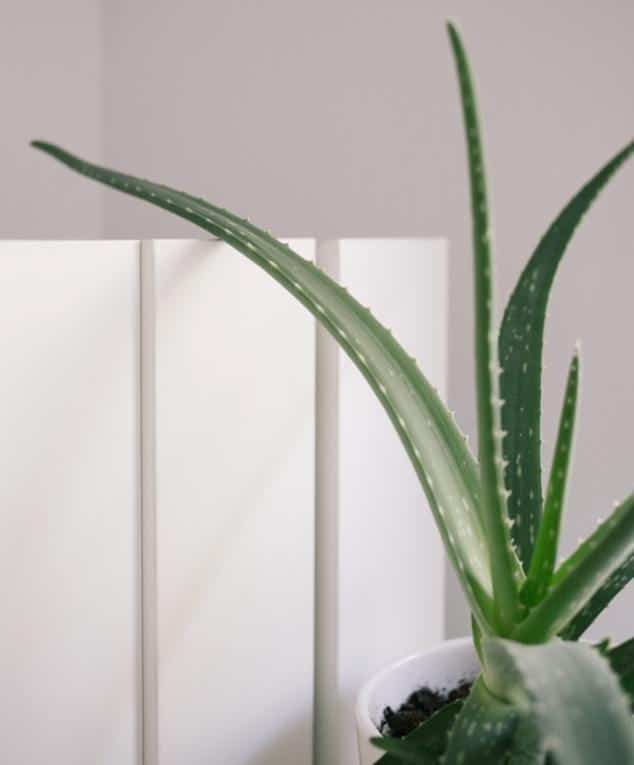
Aloe barbadensis (Aloe Vera):
There is likely no one in the world who is not aware of the Aloe Vera plant. It is the beauty of every room, shelf, corner, and lawn. Besides its ornamental characteristics, Aloe Vera’s leaf jell helps heal cuts and burns, and it also absorbs volatile organic pollutants and purifies the air.
Nopalea cochenilifera (Cochineal Plant):
N. cochenilifera is efficient in the Phytodegradation of highly toxic textile dyes and heavy metals in polluted water and soil.
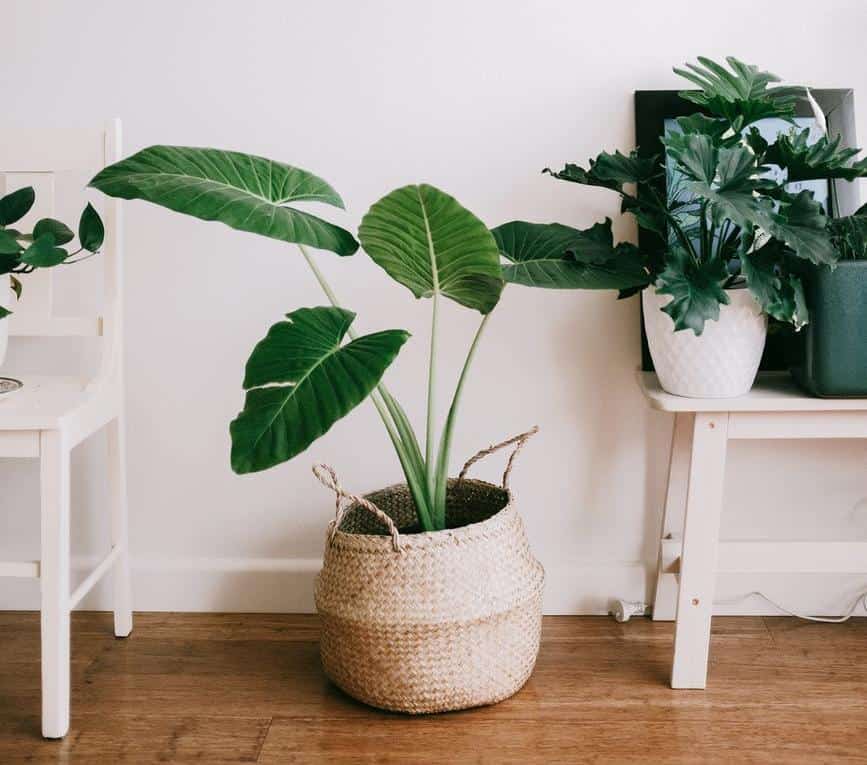
Conclusion:
“Our future is in Your Hands; You Just Have to Plant the Right Seeds.”
Being educated and responsible citizens of the world, everybody must contribute to the environmental balance restoration. How can you help to reduce air, soil, and water pollution? By growing trees and Phytoremediator plants, of course!
One ridiculous trend against our fight to save the Earth is the widespread use of artificial flowers, trees, and grasses in some areas of the world. Really? Why can’t we use real plants? Let’s get serious. When you see people using artificial plants, please mention to them that we would all appreciate their help with saving the Earth. Maybe you could start a conversation and let them know how vital phytoremediation is to all of us.
Global warming, ozone layer depletion, and the ever-increasing list of human diseases are the issues we are now facing due to the ignorance towards and unawareness of the importance of flora and decimating effects of deforestation.
Please plant some more plants on your land wherever possible, eliminate bare ground and minimize hard surfaces. Keeping this Earth covered in plant material is our best bet for long-term survival.
Please check out the Plant a Billion Trees Campaign.
References:
Bringslimark, T., Hartig, T., & Patil, G. G. (2009). The psychological benefits of indoor plants: A critical review of the experimental literature. Journal of Environmental Psychology, 29(4), 422-433.
Cetin, M., & Sevik, H. (2016). Measuring the Impact of Selected Plants on Indoor CO 2 Concentrations. Polish Journal of Environmental Studies, 25(3).
Qin, J., Sun, C., Zhou, X., Leng, H., & Lian, Z. (2014). The effect of indoor plants on human comfort. Indoor and Built Environment, 23(5), 709-723.
Kim, K. J., Khalekuzzaman, M., Suh, J. N., Kim, H. J., Shagol, C., Kim, H. H., & Kim, H. J. (2018). Phytoremediation of volatile organic compounds by indoor plants: a review. Horticulture, Environment, and Biotechnology, 59(2), 143-157.
Torpy, F. R., Zavattaro, M., & Irga, P. J. (2017). Green wall technology for the phytoremediation of indoor air: a system for the reduction of high CO 2 concentrations. Air Quality, Atmosphere & Health, 10(5), 575-585.
Irga, P. J., Pettit, T. J., & Torpy, F. R. (2018). The phytoremediation of indoor air pollution: a review on the technology development from the potted plant through to functional green wall biofilters. Reviews in Environmental Science and Bio/Technology, 17(2), 395-415.
Gawrońska, H., & Bakera, B. (2015). Phytoremediation of particulate matter from indoor air by Chlorophytum comosum L. plants. Air Quality, Atmosphere & Health, 8(3), 265-272.
Irga, P. J., Torpy, F. R., & Burchett, M. D. (2013). Can hydroculture be used to enhance the performance of indoor plants for the removal of air pollutants?. Atmospheric environment, 77, 267-271.
Torpy, F. R., Irga, P. J., Moldovan, D., Tarran, J., & Burchett, M. D. (2013). Characterization and biostimulation of benzene biodegradation in the potting-mix of indoor plants. Journal of Applied Horticulture, 15(1), 10-15.
Dullinger, I., Wessely, J., Bossdorf, O., Dawson, W., Essl, F., Gattringer, A., … & Dullinger, S. (2017). Climate change will increase the naturalization risk from garden plants in Europe. Global Ecology and Biogeography, 26(1), 43-53.

